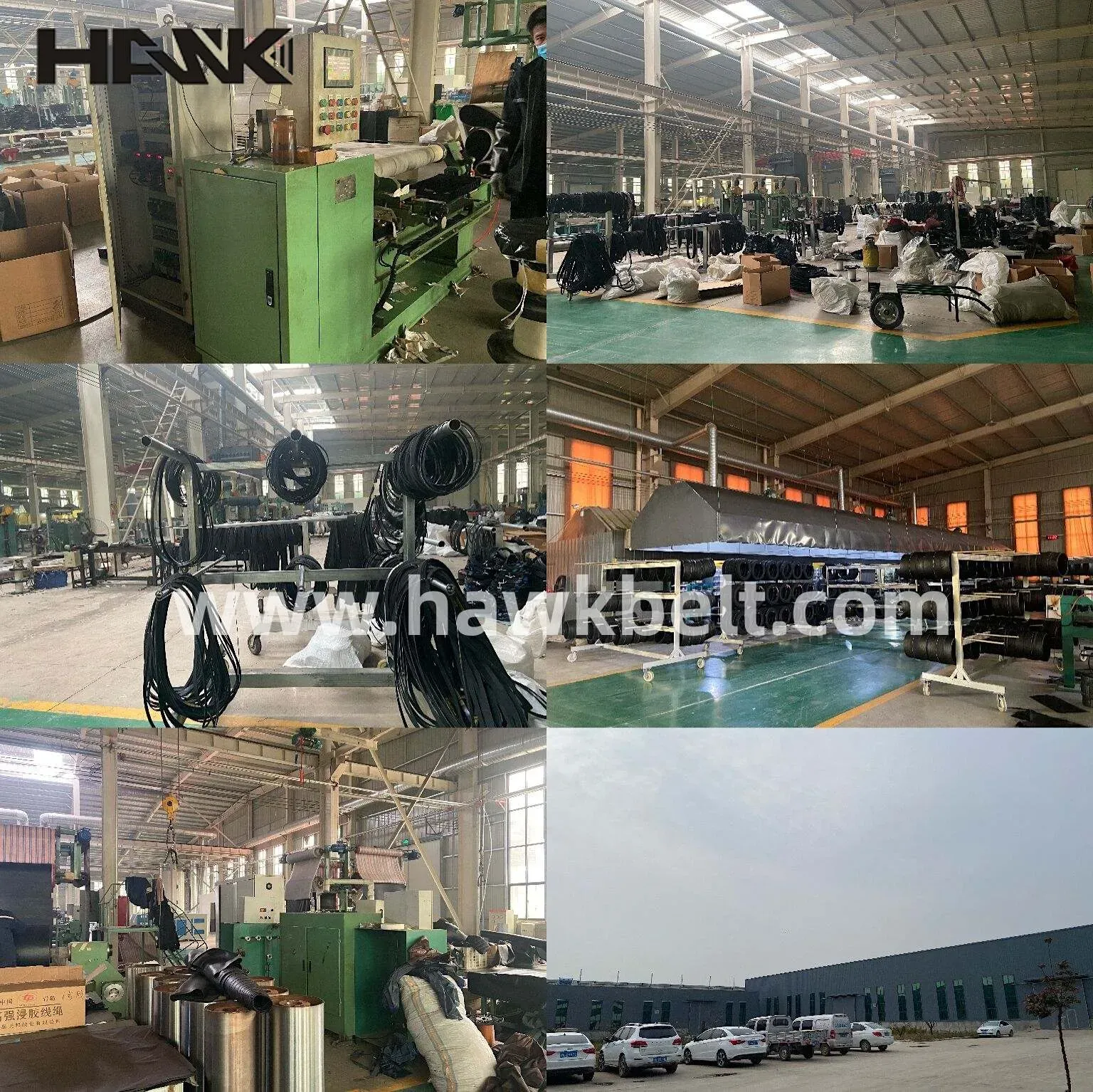- Arabic
- French
- Russian
- Spanish
- Portuguese
- Turkish
- Armenian
- English
- Albanian
- Amharic
- Azerbaijani
- Basque
- Belarusian
- Bengali
- Bosnian
- Bulgarian
- Catalan
- Cebuano
- Corsican
- Croatian
- Czech
- Danish
- Dutch
- Afrikaans
- Esperanto
- Estonian
- Finnish
- Frisian
- Galician
- Georgian
- German
- Greek
- Gujarati
- Haitian Creole
- hausa
- hawaiian
- Hebrew
- Hindi
- Miao
- Hungarian
- Icelandic
- igbo
- Indonesian
- irish
- Italian
- Japanese
- Javanese
- Kannada
- kazakh
- Khmer
- Rwandese
- Korean
- Kurdish
- Kyrgyz
- Lao
- Latin
- Latvian
- Lithuanian
- Luxembourgish
- Macedonian
- Malgashi
- Malay
- Malayalam
- Maltese
- Maori
- Marathi
- Mongolian
- Myanmar
- Nepali
- Norwegian
- Norwegian
- Occitan
- Pashto
- Persian
- Polish
- Punjabi
- Romanian
- Samoan
- Scottish Gaelic
- Serbian
- Sesotho
- Shona
- Sindhi
- Sinhala
- Slovak
- Slovenian
- Somali
- Sundanese
- Swahili
- Swedish
- Tagalog
- Tajik
- Tamil
- Tatar
- Telugu
- Thai
- Turkmen
- Ukrainian
- Urdu
- Uighur
- Uzbek
- Vietnamese
- Welsh
- Bantu
- Yiddish
- Yoruba
- Zulu
Nov . 18, 2024 13:35 Back to list
Understanding Serpentine Drive Belts and Their Importance in Vehicle Performance
Understanding the Serpentine Drive Belt Your Vehicle's Essential Component
The serpentine drive belt is a critical part of modern automotive engines, playing a vital role in the functionality of various engine components. This single, continuous belt is designed to drive multiple peripheral devices powered by the engine, thereby streamlining the engine's operation and improving efficiency.
What is a Serpentine Drive Belt?
The serpentine drive belt is a long, winding belt that wraps around several pulleys in a vehicle's engine compartment. Unlike older models that relied on multiple, separate belts for different components, the serpentine design consolidates all these functions into one. Typically, it powers the alternator, power steering pump, water pump, air conditioning compressor, and sometimes the crankshaft. The advantages of this design are numerous, including reduced weight, improved efficiency, and simpler maintenance.
How Does it Work?
The serpentine belt operates by converting the rotational energy produced by the engine’s crankshaft into the power needed to run essential accessories. As the engine runs, the crankshaft turns the belt. The belt, in turn, spins the pulleys attached to the various components, enabling them to function effectively. For instance, when the engine is running, the alternator generates electricity, the power steering pump aids in steering, and the water pump circulates coolant throughout the engine.
serpentine drive belt

Signs of Wear and Tear
Like any automotive component, serpentine belts are subject to wear and tear. It is advised to inspect the belt regularly for signs of damage. Common indicators include cracks, fraying, or glazing on the surface of the belt. Additionally, a squealing or chirping noise when starting the vehicle or while driving can signify that the belt may be slipping or needs replacement. Most manufacturers recommend replacing the serpentine belt every 60,000 to 100,000 miles to maintain optimal performance and avoid unexpected breakdowns.
Maintenance Tips
Maintaining the serpentine belt is crucial for ensuring your vehicle operates smoothly. Regular visual inspections can help catch potential issues early. It’s also wise to check the tensioner and pulleys, as worn or malfunctioning tensioners can lead to a loose belt, significantly impacting performance. Moreover, having your vehicle serviced at regular intervals can help mechanics spot early signs of trouble associated with the serpentine belt.
Conclusion
The serpentine drive belt may often be overlooked, but its role in vehicle performance cannot be underestimated. By understanding how it functions and the signs of wear to look out for, vehicle owners can take proactive measures to maintain their cars effectively. Investing in regular inspections and timely replacements can save you from more significant problems down the road, ensuring your vehicle runs smoothly for years to come. So the next time you pop the hood, take a moment to check on that serpentine belt—it’s a small component with a significant impact!
-
Korean Auto Parts Timing Belt 24312-37500 For Hyundai/Kia
NewsMar.07,2025
-
7PK2300 90916-T2024 RIBBED BELT POLY V BELT PK BELT
NewsMar.07,2025
-
Chinese Auto Belt Factory 310-2M-22 For BMW/Mercedes-Benz
NewsMar.07,2025
-
Chinese Auto Belt Factory 310-2M-22 For BMW/Mercedes-Benz
NewsMar.07,2025
-
90916-02660 PK Belt 6PK1680 For Toyota
NewsMar.07,2025
-
drive belt serpentine belt
NewsMar.07,2025

